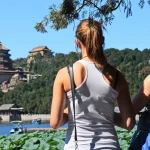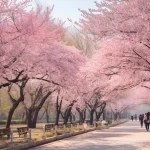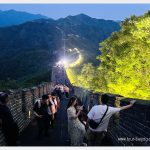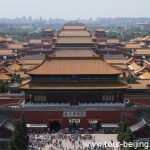Karamay oilfield, the oil field in Karamay
Plan your Xinjiang Tour? Karamay Oilfield is one of the largest oilfields in China with a yearly output over ten million tons of oil. Karamay Oilfield was the first large oilfield in China. Its commercial oil flow was found in well named “Karamy No.01” on Oct 29, 1955. Ever since then, Karamay Oilfield has been developing fast and have made huge…





